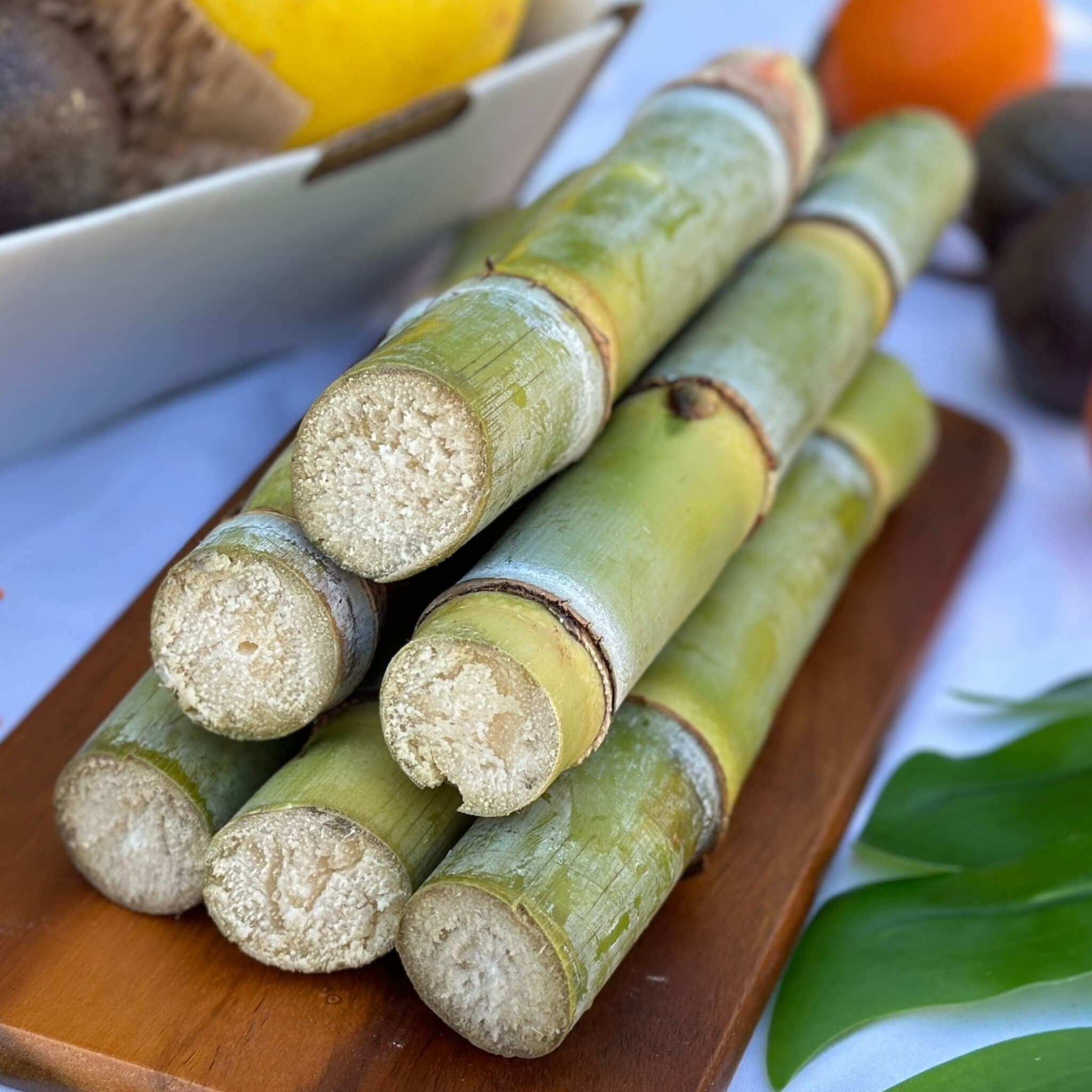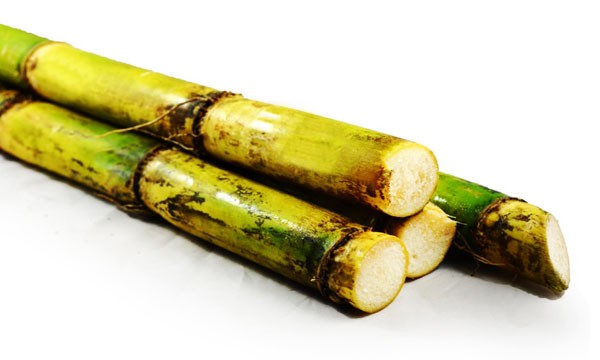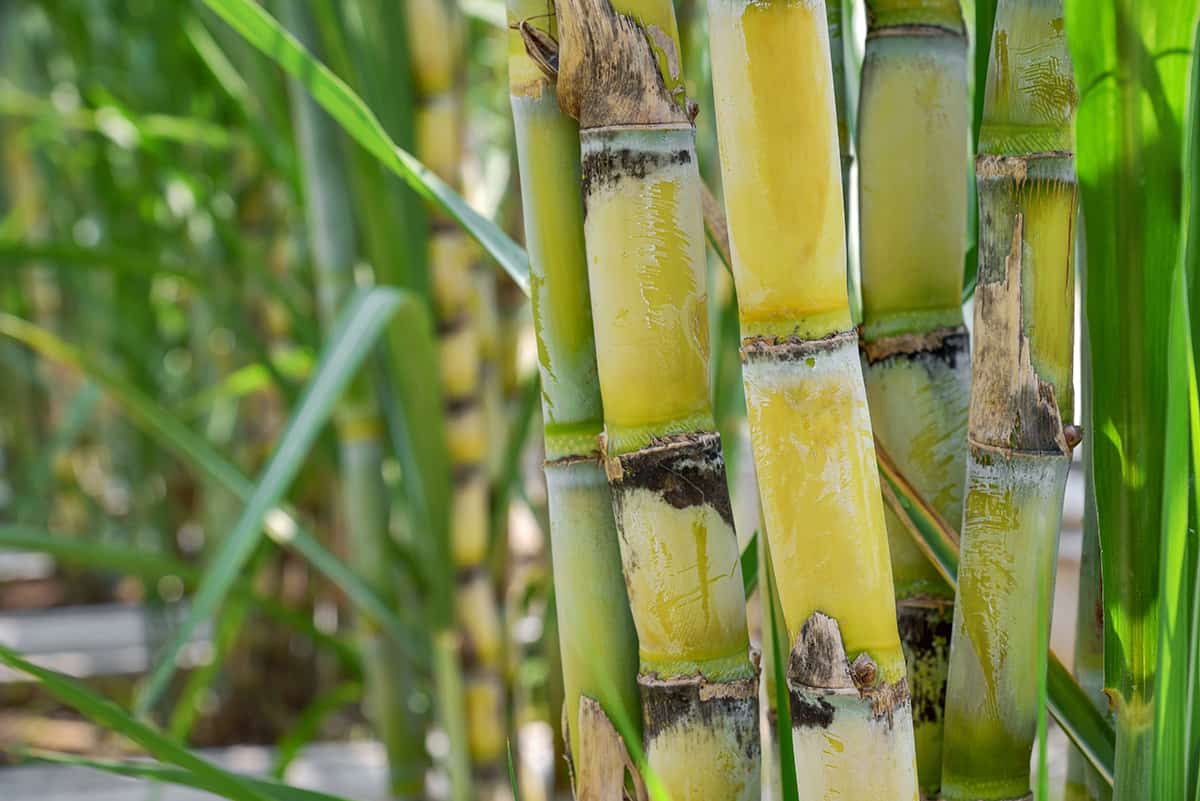Just How Walking Cane Sugar Processing Chemicals Improve Sugar High Quality and Yield
The role of handling chemicals in cane sugar production is critical, as they straight influence both the quality and return of the end product. By employing substances such as lime and phosphoric acid, suppliers can effectively get rid of contaminations and enhance removal performance. Furthermore, the consolidation of activated carbon and enzymes offers to optimize the breakdown of intricate sugars, inevitably causing a purer and higher-quality sugar. Nevertheless, the intricacies of how these chemicals communicate within the handling atmosphere raise questions concerning their long-lasting effects and potential innovations in the market.
Review of Walking Stick Sugar Handling
Cane sugar processing entails a collection of important steps that transform raw sugarcane right into polished sugar products. The process begins with harvesting, where fully grown sugarcane stalks are reduced and transferred to refining facilities. Upon arrival, the walking stick undertakes washing to remove pollutants such as dirt and plant materials.
Complying with washing, the walking cane is crushed to extract the juice, which includes sucrose - sugar and cane. This juice undergoes explanation, where lime and warmth are used to eliminate staying contaminations and non-sugar elements. The cleared up juice is then vaporized to focus the sugar material, leading to the formation of thick syrup
Next, the syrup is crystallized through a regulated cooling procedure, leading to sugar crystals. These crystals are divided from the continuing to be syrup in centrifuges. The raw sugar obtained is commonly brownish due to recurring molasses web content. To achieve refined sugar, further purification steps are applied, consisting of washing, re-crystallization, and drying out.
The final item is either packaged as raw sugar or even more refined right into white sugar, satisfying numerous customer and commercial demands. This thorough series of actions makes sure the manufacturing of top notch sugar, important for countless applications in food and beverage sectors.
Key Processing Chemicals Used
The manufacturing of polished walking cane sugar relies upon different processing chemicals that play considerable functions at various phases. Among the most important are lime (calcium hydroxide), phosphoric acid, and sulfur dioxide. Lime is primarily used throughout the clarification phase to reduce the effects of acidity and speed up impurities, leading to a clearer juice. This step is necessary for improving the total top quality of the drawn out juice.
Phosphoric acid serves a double purpose; it enhances the explanation process and aids in the removal of color-forming substances, adding to a higher purity of the final product. In addition, sulfur dioxide functions as a whitening agent, permitting the efficient removal of undesirable pigments and boosting the color of the sugar.
Other significant chemicals include triggered carbon, which is utilized for further decolorization, and enzymes that assist in the failure of intricate sugars right into less complex kinds, thus improving return. The mindful choice and application of these handling chemicals are essential for optimizing the effectiveness of sugar removal and refining procedures, ultimately bring about a much more consistent and higher quality sugar item.

Influence On Sugar High Quality
Just how do processing chemicals affect the quality of polished sugar? The introduction of various chemicals in the walking cane sugar handling phase dramatically boosts the purity and overall quality of the end product. Key agents, such as phosphoric acid and calcium hydroxide, facilitate the explanation process, efficiently removing impurities and colorants that can adversely affect sugar's look and preference. By counteracting undesirable elements, these chemicals aid attain a greater degree of decolorization, causing a more marketable and aesthetically attractive item.
Additionally, making use of turned on carbon and ion-exchange resins during the refining process plays a critical function in eliminating off-flavors and unfavorable smells, adding to the sugar's sensory account. This improvement not only elevates the visual and organoleptic high qualities however also improves the service life by minimizing microbial activity connected with impurities.
Additionally, the exact application of these chemicals guarantees that the sugar displays a consistent grain dimension and flowability, which are vital attributes for both commercial applications and customer preferences. Generally, the tactical use processing chemicals is fundamental in attaining premium polished sugar that fulfills industry standards and consumer assumptions.

Enhancing Yield Efficiency
Enhancing return efficiency in walking stick sugar processing includes enhancing different phases of production to optimize the quantity of sugar extracted from raw walking stick. One vital facet is the selection and application of proper handling chemicals, which can help with the breakdown of cell wall surfaces and improve sugar release during extraction. Chemicals such as acids and enzymes play a crucial function in this procedure by hydrolyzing polysaccharides and liquifying pollutants, consequently improving the general removal performance.

Normal monitoring and change of handling criteria are vital to keep performance throughout production (sugar and cane). By employing these methods, sugar manufacturers can not just raise the amount of sugar gotten however additionally decrease waste and lower production expenses, adding to a much more profitable and lasting sugar processing procedure
Benefits for Producers and Customers
Cane sugar handling chemicals supply substantial advantages for both customers and manufacturers, producing a more effective and sustainable industry. For manufacturers, these chemicals enhance removal processes, bring about higher yields and enhanced sugar high quality. By maximizing the filtration and condensation phases, they reduce waste and boost overall productivity, which can considerably lower production prices. This performance permits manufacturers to stay competitive in an international market identified by changing prices and demand.
The better high quality of sugar translates to better preference and uniformity in food products. Additionally, the use of processing chemicals can lead to an extra steady supply of sugar, alleviating lacks and cost spikes that can happen due to environmental elements or market variations.
Conclusion

The function of processing chemicals in walking stick sugar manufacturing is essential, as they directly affect both the top quality and yield of the last product (sugar and cane). The official statement unification of triggered carbon and enzymes offers to optimize the malfunction of complicated sugars, eventually leading to a purer and higher-quality sugar.Walking stick sugar processing entails a series of important actions that transform raw sugarcane right into refined sugar items.Enhancing return effectiveness in walking stick sugar processing entails enhancing numerous stages of production to take full advantage of the quantity of sugar extracted from raw cane.Walking stick sugar processing chemicals play navigate to these guys a crucial role in improving both sugar top quality and return